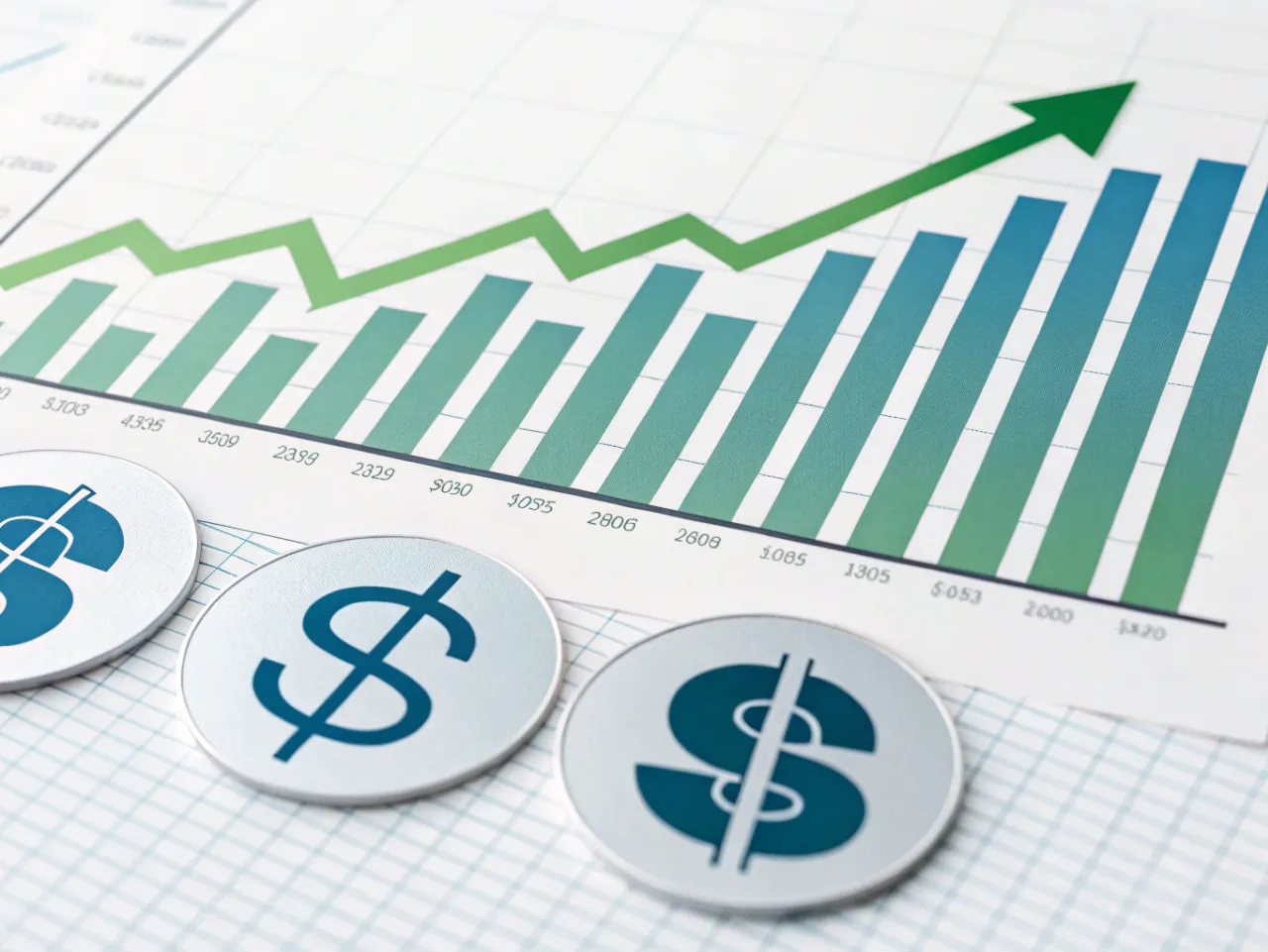PVC (polyvinylchlorid) er en meget brugt plast i byggeri, emballage og forbrugsvarer. Genanvendelse af PVC kan mindske miljøskader og give økonomiske fordele, men det kræver specialudstyr. Nedenfor er en struktureret cost-benefit-analyse for at hjælpe med at evaluere investeringen.
Omkostninger
1. Kapitalomkostninger
• Genbrugsudstyr: Makuleringsmaskiner, kværne, separatorer og ekstrudere.
• Estimeret pris: $100.000 – $500.000 (afhængig af skala og teknologi).
• Facilitets opsætning: Plads, hjælpemidler og installation.
• Estimeret pris: $50.000 – $200.000.
• Vedligeholdelse og afskrivning:
• Årlig vedligeholdelse: 5-10% kapitalomkostninger.
• Afskrivning: 10-20 års levetid.
2. Driftsomkostninger
• Arbejdskraft: Teknikere og operatører.
• Estimeret pris: $50.000 – $150.000 årligt (for en lille til mellemstor operation).
• Energiforbrug: Genbrugsprocesser er energikrævende.
• Estimeret pris: $10.000 – $50.000 årligt.
• Råstofsamling: Transport og logistik for PVC-affald.
• Estimeret pris: $20.000 – $70.000 årligt.
3. Overholdelse og certificeringer
• Omkostninger til opnåelse af genbrugs- og miljøcertifikater.
• Estimeret pris: $10.000 – $20.000.
Fordele
1. Indtægt fra genbrugsprodukter
• Salg af genanvendt PVC:
• Genanvendt PVC indtager omkring $800 – $1.200 pr. ton, afhængig af kvalitet.
• Et lille anlæg, der genbruger 500 tons/år, kunne generere $400.000 – $600.000 årligt.
• Biprodukter: Muligt salg af sekundære materialer (f.eks. fyldstoffer, additiver).
2. Omkostningsbesparelser
• Reducerede bortskaffelsesomkostninger: Lavere omkostninger til brug af losseplads eller forbrænding af PVC-affald.
• Besparelse: $50.000 – $100.000 årligt (afhængig af lokale bortskaffelsesgebyrer).
• Energibesparelser: At producere genanvendt PVC bruger mindre energi end at fremstille ny PVC.
3. Miljømæssige og sociale fordele
• Overholdelse af regler: Undgå bøder for forkert bortskaffelse.
• Forbedret Corporate Social Responsibility (CSR): Forbedrer mærkeimage.
• Potentielle skattemæssige incitamenter eller subsidier: Mange regioner tilbyder økonomiske incitamenter til genbrug.
4. Langsigtet markedsvækst
• Stigende efterspørgsel efter genbrugsplast drevet af reguleringer og forbrugernes præference for bæredygtige produkter.
• Markedet for genanvendt PVC forventes at vokse med 5-7% årligt.
Nutidsværdi (NPV) og investeringsafkast (ROI)
• Indledende investering: $200,000 – $700,000.
• Årlig nettoomsætning (efter omkostninger): $200,000 – $400,000.
• Tilbagebetalingsperiode: 2 – 4 år.
• ROI: 20-50% årligt, afhængig af driftseffektivitet og markedsforhold.
Risici og overvejelser
• Markedsvolatilitet: Priserne for genanvendt PVC kan svinge.
• Reguleringsændringer: Nye miljøbestemmelser kan enten gavne eller hindre driften.
• Teknologiske fremskridt: Fremtidig teknologi kan gøre det nuværende udstyr forældet.
• Forsyningskæde: Afhængighed af en jævn strøm af PVC-affald.
Konklusion
Investering i PVC-genbrugsudstyr kan være økonomisk rentabelt med en relativt kort tilbagebetalingstid. Ud over rentabilitet giver det betydelige miljømæssige fordele og positionerer en virksomhed som førende inden for bæredygtighed. Omhyggelig planlægning, markedsanalyse og risikostyring er imidlertid afgørende for at sikre langsigtet succes.



